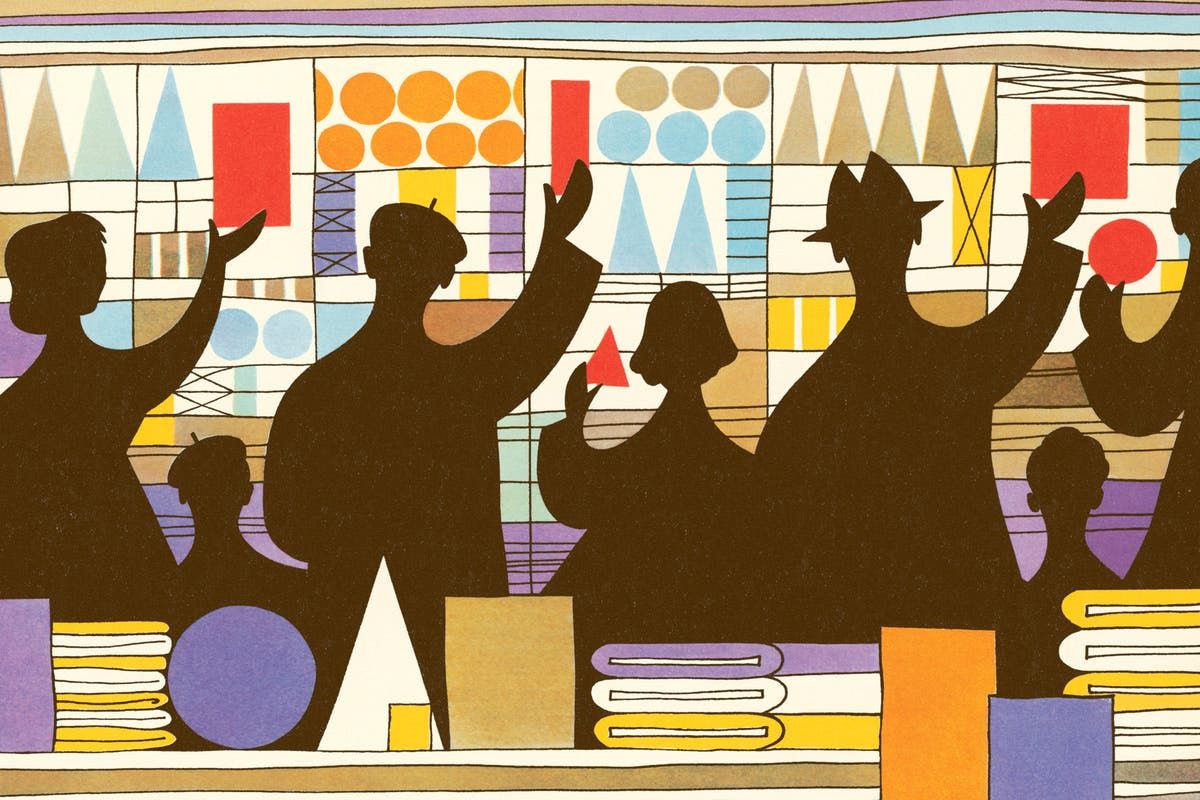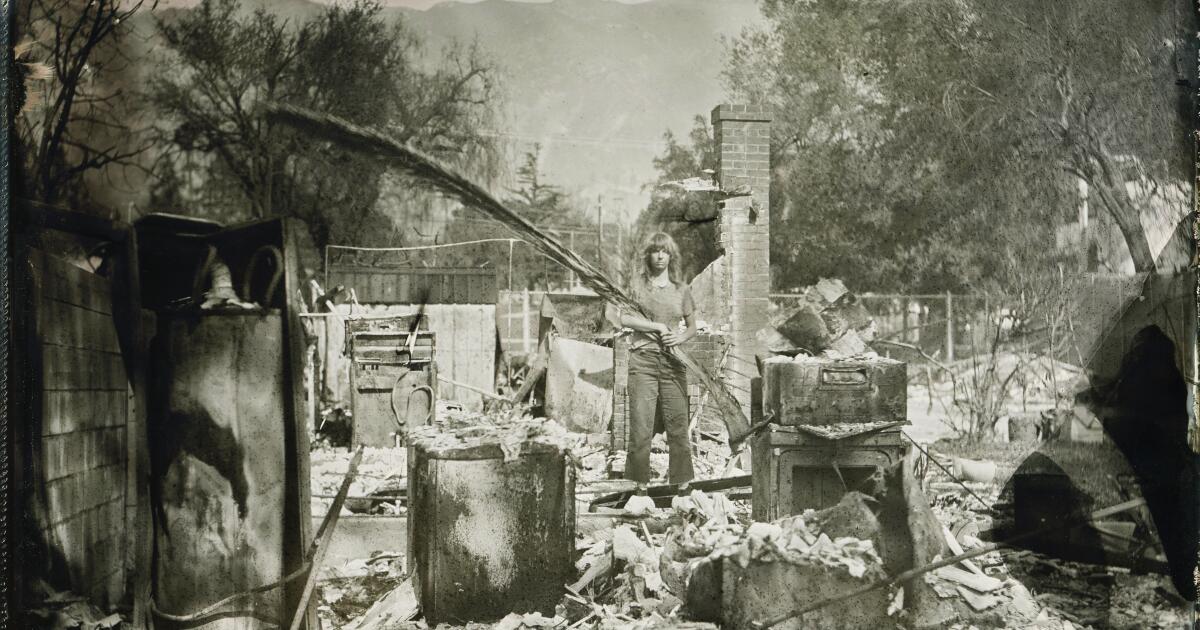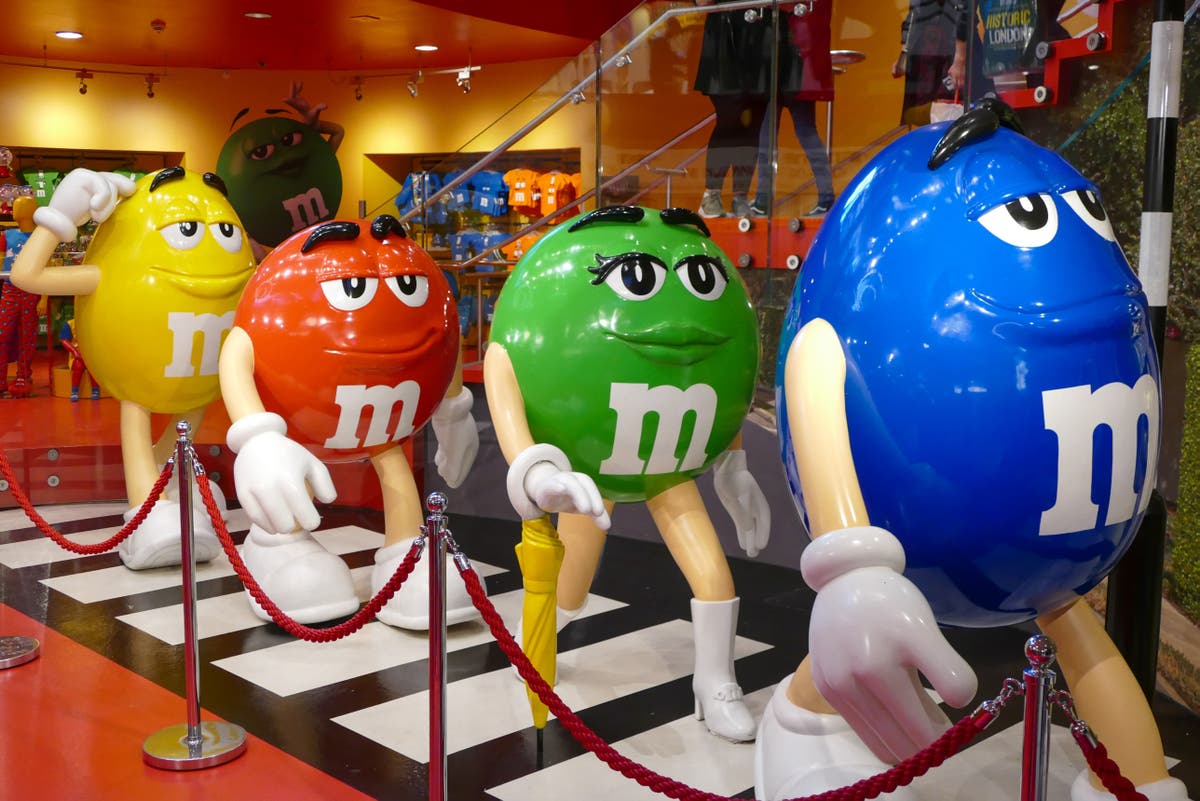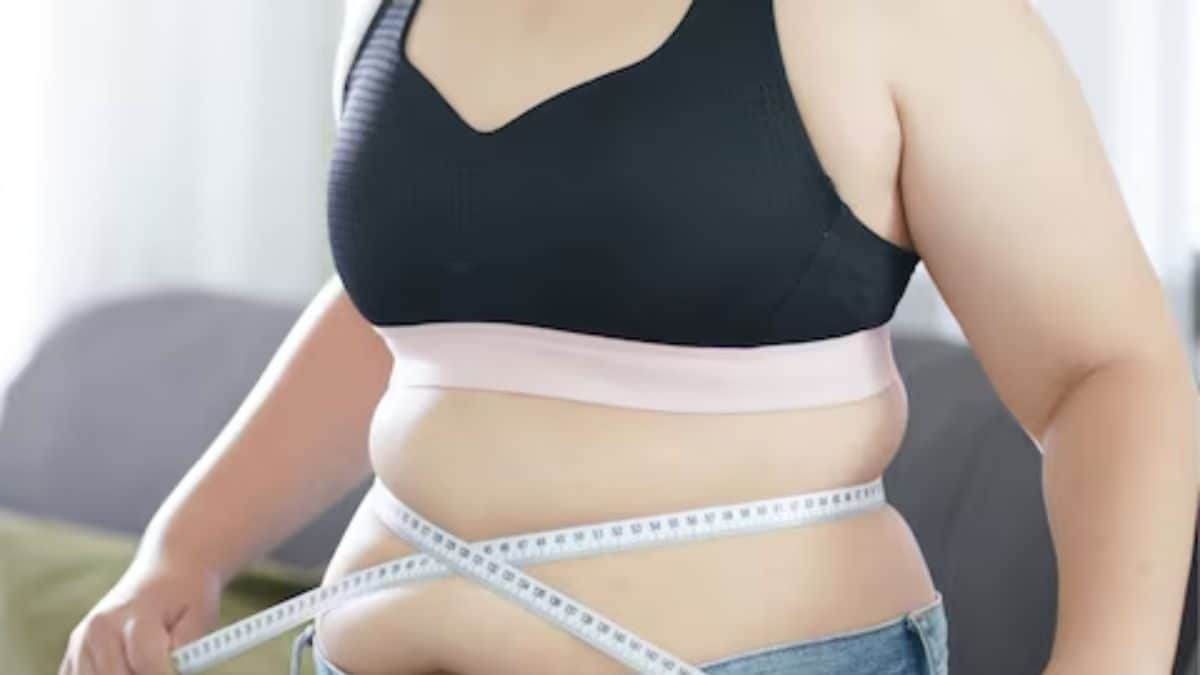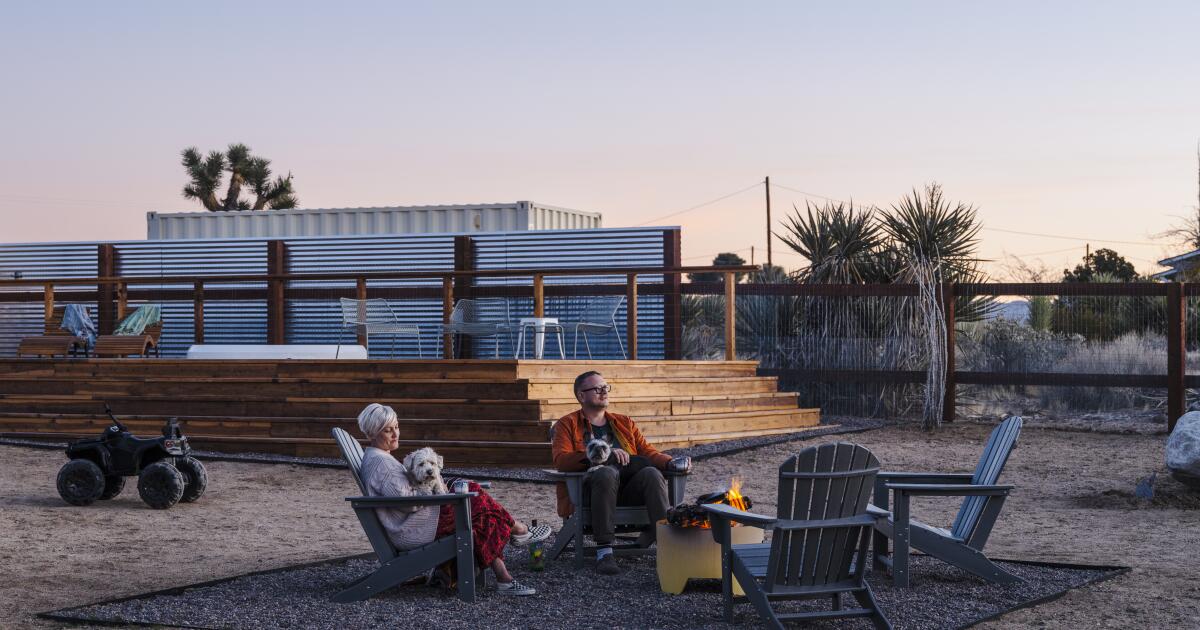Your support helps us tell the story.
In my reporting on women's reproductive rights, I have witnessed the critical role that independent journalism plays in protecting freedoms and informing the public.
Your support allows us to keep these vital issues under the spotlight. Without your help, we would not be able to fight for truth and justice.
Every contribution ensures that we can continue reporting on the stories that impact lives.
Kelly Rissman
US News Reporter
IThe first time I remember losing the power of shopping was when I was 15 and my mother and I got on the bus to Oxford Street. My cousin was turning 16 and we needed to buy a present. In the end, our search was unsuccessful. The high street had been too exciting and we had lost track of time and space in one of the densest shopping spots in central London.
It soon became a weekly trip, though actual shopping was never really the point. It was about bonding in the fitting rooms and scouring the vast depths of that giant New Look on the corner near Marble Arch. Later, it was about rummaging through racks of colour-coordinated underwear sets at La Senza. It was Big Topshop (RIP).
Thinking about all this now is a little depressing. The memories seem like relics of a different life, one without smartphones or Depop. I recently read an article by Dolly Alderton that spoke of that same melancholy. In the article, which was published in The Sunday Times Style In an interview with The New York Times magazine, she describes shopping as a nostalgic act, explaining that all her “firsts” took place at the Harlequin shopping centre in Watford. “I wish I could do more shopping in person,” she writes. “I think it’s an art form and a form of socialising that doesn’t exist anymore.”
Indeed, it is. When was the last time you bought something in person that wasn’t, say, a four-pack of toilet rolls or an emergency pair of socks? Can you recall a time when you went out for a “shopping spree” or met a friend on your local high street? What’s changed? It’s easy to say that the rise of online shopping is to blame for all this, but I don’t think it’s that simple.
According to a 2023 report from PwC, the surge in online shopping that occurred during the pandemic (when in-person shopping came to a screeching halt, along with everything else happening outside our homes) has since levelled off – it now accounts for around 35 per cent of all UK sales. But overall footfall on the high street is 10-20 per cent below its pre-COVID level. The report also found that more chain stores were leaving the high street, while a total of 14,081 stores and outlets left high streets, shopping centres and retail parks in 2023 – equating to 39 closures every day.
“There are many factors that have affected the retail world and by extension our high streets in recent years,” says Dr Lucy Montague, a senior lecturer at Manchester Metropolitan University and special adviser to the House of Lords built environment select committee. “These include declining home ownership, declining car ownership and reduced consumer purchasing power thanks to the cost of living crisis.” Dr Montague also points to the impact of the 2017 business tax review, which she says has left physical retail and hospitality with unsustainable tax rates alongside higher material, energy and labour costs.
The fall of the big chains has caused huge disruptions to the high street, and we need to see it as an ecosystem, a resilient wildflower meadow, not a monoculture reliant on just one type of crop.
Vicky Payne, Strategic Planner
These are some of the reasons cited in Dr. Montague's 2022 book, High Street: How our town centres can recover from the retail crisiswhich he co-authored with urban planner David Rudlin and strategic planner Vicky Payne. “In the book, we look at the many ‘crises’ of high streets and conclude that they have actually been in a state of almost perpetual crisis since the 1950s,” says Payne. “One of these is the ‘clone town’ phenomenon of the 2000s, when there was a huge expansion of retail.” According to a 2004 report by the New Economics Foundation entitled “Clone Town Britain”, 41 per cent of national cities surveyed were classed as “clone towns”, meaning they had a higher proportion of chain stores and also offered less variety of services and goods for the local community.
In short, this resulted in many urban shopping areas being occupied by the same set of shops, creating a strange homogeneity on British high streets that made the whole shopping experience seem rather dull. This persists today in many places, and has more tangible consequences than simply making the real-life shopping experience rather dull. “One of the warnings about high street homogenisation is their vulnerability to market shocks,” Payne explains. “This turned out to be incredibly prescient, as we’ve seen the decline of the big chains lead to huge disruptions on the high street. In the book we argue for looking at high streets as an ecosystem, like a resilient wildflower meadow, not a monoculture dependent on one type of crop.”
It would be a mistake to think that big cities are all that different. London’s Westfield shopping centres, for example, are all more or less full of the same stores. “Retail was making a lot of money when this all started and a lot of cities were afraid of losing it,” explains Rudlin. This meant that many areas signed deals with property developers to develop town centres around particular department stores, such as Woolworths or Debenhams. “There were a small number of companies involved,” he adds, which might explain why there were often so many similarities. “Then Debenhams went under and a lot of the shopping centres struggled, leading to city centres falling into decline.”

All this also has psychological consequences. “In the store, you usually buy for yourself, but [online]“Since deliveries come later, it’s for your future self,” explains Richard Shotton, a behavioral scientist and author of The Illusion of Choice“Research shows that what we choose for ourselves in the moment is often very different from what we choose for ourselves later.”
He points to a 1998 study conducted in Denmark, which concluded that people tend to buy what they actually want when shopping in real life. “But when they think ahead, they usually choose what they feel they should have,” he adds. “This suggests that people are more likely to treat themselves when shopping online compared to in physical stores. That means marketers can tailor their strategies to fit the way people shop.” Essentially, this means we can be more reckless when shopping online – I know I certainly am, clicking and tapping without feeling like I’m spending a cent – whereas in person I tend to be much more conservative.
But there are many other reasons why I mourn the loss of the high street shopping experience. It was a way to spend time with family and friends without the distraction of the buzz of our phones. When you’re in a fitting room with a friend, swapping dresses and commenting on each other’s potential outfits for a night out, you’re not typing on Instagram. The whole experience forces you to be fully present in a way that most contemporary situations don’t require. Hence the nostalgia that many of us can feel.
Likewise, online shopping isn't perfect. Think about the number of times you've ordered something and it arrived in a completely different size than you had imagined. Maybe, like me, you've even been scammed into buying underwear from a brand that calls itself “Victoria's Secret” but is actually a fraudulent imposter.

“In our research for the book, we found that post-Covid customers were looking to return to in-person shopping,” says Payne. “This was partly due to the unreliability of some products from online-only retailers – fast-fashion brands where what you see is not what you get and who have been burdened by the cost of processing returns – but also due to a fatigue with digital experiences and a desire to see, touch and feel products and be out in the world.”
With this in mind, perhaps the situation will soon change. “We believe that the real-life shopping experience is what will save brick-and-mortar stores,” says Rudlin, who predicts a hybrid model in the future. “The next phase of online retail is an experience where you visit a store, try things on, arrange the sofas, etc., and then buy online. In addition, there is a growth of independent stores taking up the space vacated by the big chains, and brick-and-mortar stores are becoming more diverse once again. There are signs of hope. Brick-and-mortar stores have been in constant crisis since the first supermarket opened in the 1950s, but they adapt and survive.”
I hope so, I'd like to start creating some new traditions.

